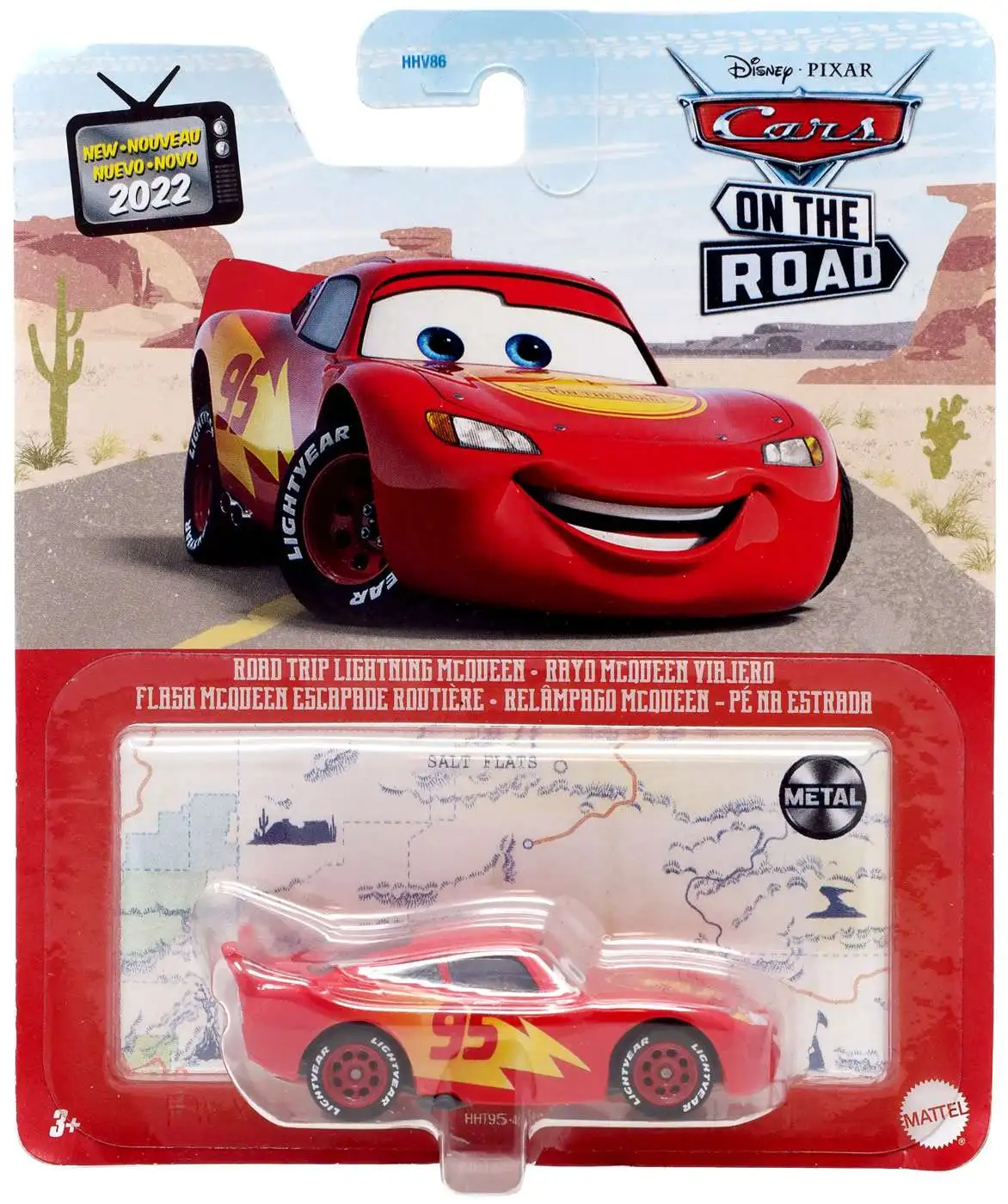When discussing purchasing a vehicle, many buyers quickly realize that traditional car insurance might not cover all the costs related to an accident or theft. This is the place where gap insurance comes into play. Sadly, there are numerous myths surrounding gap insurance that can result in confusion and maybe costly decisions about protecting your investment. Comprehending what gap cover insurance truly involves is essential for anyone looking to secure their financial interests in their vehicle.
In this article, we seek to debunk some of the most prevalent misconceptions about gap policy insurance. From its benefits to the best gap insurance companies available, we hope to provide clarity on why gap insurance is a worthwhile option for both new and used car owners. If you are seeking a gap insurance quote or wish to compare your options among different gap insurance providers, knowing the facts will help you to make an informed choice tailored to your needs. Let's explore these myths and uncover the truth behind gap insurance coverage.
Comprehending Gap Coverage
GAP insurance is a kind of insurance designed to shield car owners from financial loss in the instance that their car is considered a total loss. This kind of coverage bridges the discrepancy between the amount owed on a vehicle loan and the actual cash value of the vehicle at the moment of the accident. When a car is written off, typical coverage typically covers the market value of the car, which may be considerably lower than what is owed on the financing. GAP coverage guarantees that you are not left behind with surprising obligations after a setback.
Numerous folks buy gap insurance when financing or financing a vehicle, especially new or luxury cars that lose value quickly. It is crucial to grasp that GAP coverage is not a replacement for standard car insurance; rather, it complements the current policy. This misunderstanding can lead some to overlook its significance, and thus leaving themselves unprotected in a possibly expensive situation.
When evaluating a gap policy insurance, it is wise to shop around and get a GAP coverage estimate from multiple GAP coverage providers. A GAP coverage analysis can show the best GAP coverage available for your needs, whether you own a brand new car or a second-hand car. By investing time in searching for the appropriate gap insurance providers, you can obtain proper gap coverage that safeguards your monetary interests in the unfortunate event of a complete write-off.
Common Fallacies about Gap Insurance
Many people mistakenly believe that gap insurance is solely for new cars. However, gap cover insurance is also beneficial for used vehicles. When purchasing a used car, the coverage helps protect against depreciation and make sure that you are not left behind with a financial shortfall in case of a total loss. This establishes gap insurance for second-hand cars an crucial option for numerous buyers.

Another frequent myth is that gap insurance is too high-priced. In truth, you can find cheap gap insurance options that provide sufficient coverage doing damage to your finances. By shopping around and comparing website quotes from various gap insurance providers, consumers can find cost-effective gap coverage plans that meet their monetary needs.
A number of individuals further assume that their typical auto insurance policy will cover any gaps in their vehicle's value. While typical policies cover the market value of the car at the time of a total loss, they do not account for the gap between that value and the amount still owed on a loan or lease. This is where a gap policy insurance turns into vital, providing assurance against unexpected financial burdens.
Selecting the Best Gap Insurance Policy
When choosing a gap insurance policy, it is important to assess your particular needs and circumstances. Different gap insurance companies offer varied coverage options that can suit different scenarios, such as brand new vehicles, second-hand vehicles, or even leased cars. Think about whether you need gap cover for a used car or if you're purchasing a new vehicle, as this will impact your decision on the most suitable gap insurance for your situation.
Subsequently, getting a gap insurance quote from multiple providers can help you contrast policies successfully. Look for key features such as coverage limits, exclusions, and the terms of the gap policy insurance. This will make sure you understand what is included and what isn't. Additionally, evaluate customer reviews to identify good gap insurance companies that have a reputation for trustworthiness and efficient customer service.
Finally, take time to examine the costs linked to different gap insurance options. While inexpensive gap insurance might be tempting, it is important to ensure that the coverage meets your needs. Balance cost with comprehensive coverage to discover the best gap insurance policy for your budget. This careful approach will help you make an informed decision when you decide to buy gap insurance.
